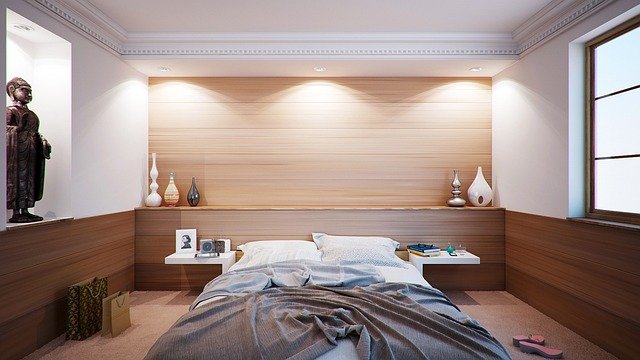Explore helpful tips on interior design options
Interior design transforms living spaces into personalized havens that reflect individual style and functionality needs. From selecting the perfect flooring materials to coordinating color schemes, every design decision contributes to creating a cohesive and welcoming environment. Understanding various design approaches, material options, and expert techniques empowers homeowners to make informed choices that enhance both aesthetics and daily living experiences.

Creating a well-designed interior space requires careful consideration of multiple elements that work together harmoniously. Whether renovating a single room or redesigning an entire home, understanding fundamental design principles helps achieve professional-looking results while staying within budget constraints.
Discover Diverse Interior Design Styles
Interior design encompasses numerous styles, each offering unique characteristics and aesthetic appeals. Contemporary design emphasizes clean lines, neutral colors, and minimalist furniture arrangements. Traditional styles incorporate classic elements like ornate details, rich fabrics, and warm color palettes. Industrial design features exposed materials, metal accents, and urban-inspired elements. Scandinavian design prioritizes functionality, natural light, and simple color schemes dominated by whites and light woods. Understanding these fundamental styles provides a foundation for developing personal design preferences and creating cohesive room layouts.
Find the Right Materials for Your Space
Material selection significantly impacts both functionality and visual appeal in interior spaces. Flooring materials like hardwood offer timeless elegance and durability, while ceramic tiles provide water resistance for bathrooms and kitchens. Synthetic options such as luxury vinyl planks combine aesthetic appeal with practical benefits like moisture resistance and easy maintenance. Wall materials range from traditional paint and wallpaper to modern options like reclaimed wood panels or decorative stone. Fabric choices for upholstery and window treatments should balance durability, cleaning requirements, and design compatibility with existing elements.
Get Inspired by Color Scheme Ideas
Color schemes establish the emotional tone and visual flow throughout interior spaces. Monochromatic schemes use varying shades of a single color to create sophisticated, cohesive environments. Complementary color combinations pair opposite colors on the color wheel for dynamic contrast and visual interest. Analogous schemes combine neighboring colors for harmonious, calming effects. Neutral palettes featuring whites, grays, and beiges provide versatile backgrounds that accommodate changing decor preferences. Bold accent colors can be introduced through accessories, artwork, or single feature walls without overwhelming the overall design.
Access Expert Tips for Personalized Design
Professional designers recommend starting with functional requirements before addressing aesthetic preferences. Room measurements and traffic flow patterns determine furniture placement and size requirements. Lighting layers combine ambient, task, and accent lighting to create versatile environments suitable for different activities. Storage solutions should be integrated seamlessly into design plans to maintain clean, organized appearances. Personal collections and meaningful objects can be displayed strategically as focal points while avoiding cluttered appearances. Scale and proportion ensure furniture and accessories complement room dimensions rather than overwhelming or underwhelming the space.
Transform Your Home with Practical Guidance
Successful interior transformations often involve phased approaches that spread costs and minimize disruption. Priority areas like living rooms or master bedrooms can be addressed first, with lessons learned applied to subsequent projects. Budget allocation should consider both immediate needs and long-term goals, with investment pieces like quality flooring or built-in storage taking precedence over easily replaceable accessories. Professional consultations can provide valuable insights for complex projects involving structural changes or electrical work. DIY projects like painting, simple furniture assembly, or decorative accessory placement allow homeowners to participate actively in their design transformations while controlling costs.
Implementing these interior design strategies creates functional, beautiful living spaces that reflect personal style while meeting practical daily needs. Successful design projects balance aesthetic goals with budget constraints and lifestyle requirements, resulting in homes that truly enhance quality of life for their occupants.


